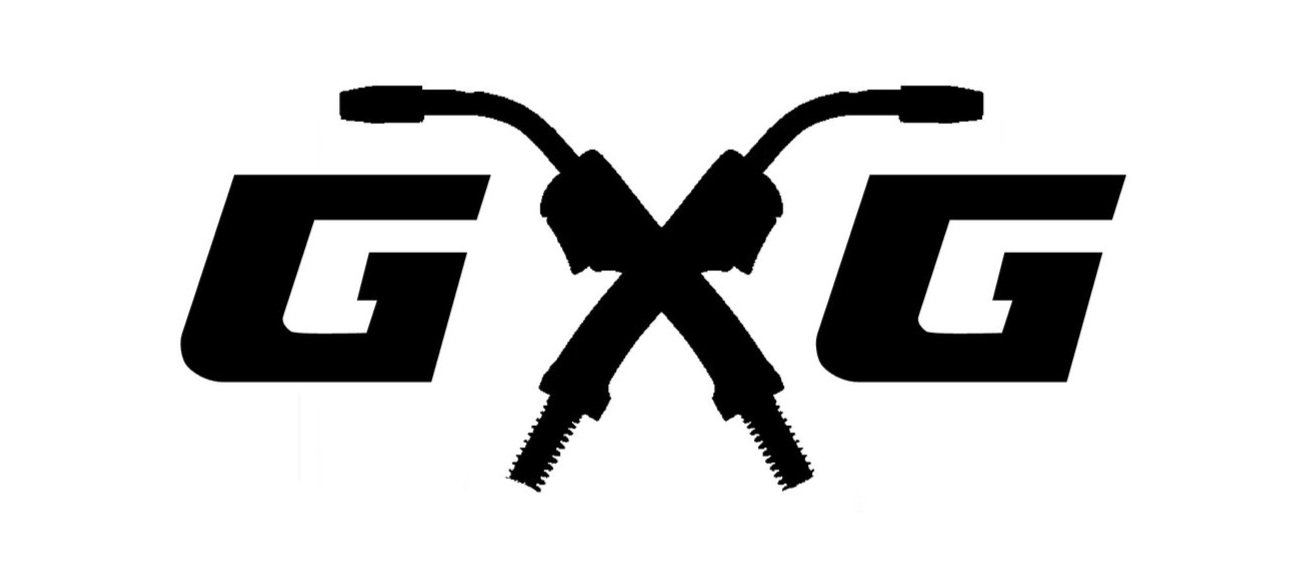National Welding Month
The American Welding Society has designated April as National Welding Month to recognize the industry and its workers that move the country forward. Welding is an important part of many industries, including construction, manufacturing and aerospace, to name a few. In this blog post, we'll go over the history of welding, its impact on our lives, and the exciting advancements in the industry.
Welding has been around for centuries, and it has played an important role in the development of modern civilization. The earliest evidence of welding dates back to the Bronze Age, where gold boxes were welded using a technique called pressure welding. In the Middle Ages, blacksmiths used forge welding to make weapons, armor and tools.
However, it wasn't until the 19th century that welding became accepted as a reliable and efficient method of joining metals. In 1802, Sir Humphry Davy invented the first electric arc, which laid the foundation for modern welding techniques. Over the years, welders have continued to refine and improve welding techniques, making it an essential part of modern manufacturing and construction.
Welding has played an essential role in shaping our modern society. Without welding, there would be no skyscrapers, bridges, or even automobiles. Welding is used to join metal components together in almost every aspect of our daily lives, metal parts are joined together by welding, from the frames of our buildings to the engines of our vehicles.
Welding is also essential in the aerospace industry, where precision welding is required to build aircraft and spacecraft. Welding creates structures that can withstand the extreme conditions of space, such as temperature fluctuations and radiation. At G&G, we specialized in Commercial and Residential Custom Metal work; we also do Utility Trailer Repairs and Work-Truck modifications or additions.
Over the past few decades, the welding industry has undergone significant technological advancements. The use of robots and automation has made welding faster, more precise and more efficient. Welding software has made it easier for welders to create accurate weld schedules and detect potential welding defects before they occur.
In recent years, the development of additive manufacturing or 3D printing has opened up new opportunities for the welding industry. Additive manufacturing can produce complex metal parts that were previously impossible using traditional welding techniques.
April is here to recognize the contributions of welders and the impact of welding on our society. Welding has been an essential part of human history. With continued advances in technology and the growing need for skilled welders, the future of welding looks bright and promising. We are happy to service America with any welding work that needs done.

